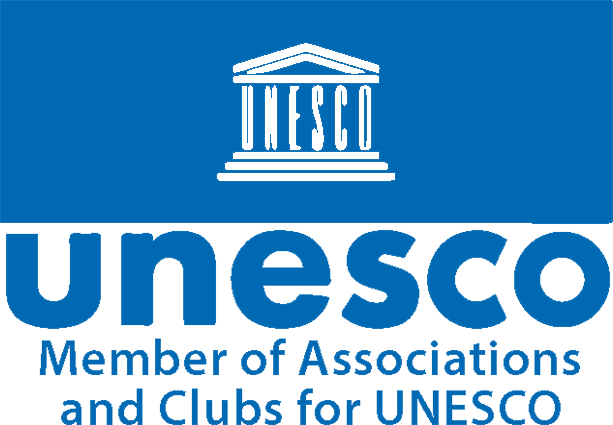Introduction and Rating of Valuable Public Spaces
These spaces contribute to the growth, awareness, and development of communities. The ranking of effective public spaces is an activity aimed at introducing and creating areas of growth that attract people, foster positive feelings, and lead to innovation and creativity.
This initiative emphasizes the positive and spiritual effects of public spaces on individuals, aligning with the club’s goals of progress and awareness. The grading is based on information provided by registrants, such as owners, trustees, or managers.
Categories
- Hotels
- Museums
- Educational Spaces (Universities, Schools, …)
- Cultural Centers
- Commercial Centers
- Medical Centers
- Other Public Spaces
Supporting Culture and Creativity
Today, culture and creativity are recognized as essential elements for urban development and architectural spaces. Creativity addresses challenges arising from globalization and urban competition, such as weakening local cultures and identity. It strengthens local economies, promotes social organization, and fosters inclusion.
With a strong relationship between culture and quality of life, cultural dimensions must be integrated into development processes aimed at improving citizens’ well-being.
Social Education
Social awareness about societal challenges can be enhanced through education. This process trains individuals to be responsible, socially aware, and valuable members of society.
An Introduction to Conservation and Rehabilitation of Urban Heritage
“Urban heritage extends beyond monuments to include historic residential areas, city centers, and even intangible elements such as customs and beliefs.”
Conservation efforts often focus on monuments, overlooking historic residential areas and intangible elements. Organizations like UNESCO and ICOMOS advocate for preservation, but urban heritage remains largely excluded from sustainability discussions.
Urban heritage should be recognized as an economic and cultural asset, contributing to sustainability and development through initiatives like heritage-based tourism. These efforts can foster economic prosperity and enrich the cultural fabric of cities.

